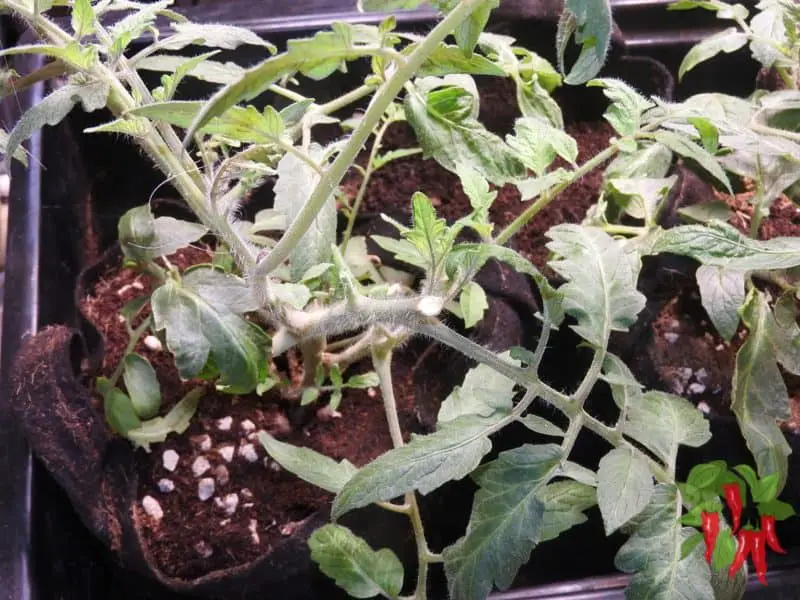
Discover the pros and cons of fabric pots in our latest blog post. Dive into the world of gardening and see if fabric pots are right for your green friends.
The pros and cons of fabric pots hinge on their unique design. Pros include better aeration, leading to healthier root systems and faster plant growth. They also offer improved drainage, which helps prevent overwatering. Cons involve a higher rate of water evaporation, requiring more frequent watering also regular pots may last longer.
Ever wandered down the gardening aisle and found yourself intrigued by those fabric pots? You’re not alone!
Let’s sit down, grab a cuppa, and unravel the pros and cons of fabric pots together.
Are they the game-changer everyone’s talking about, or just another gardening fad? Let’s find out!
The Pros and Cons of Fabric Pots
The pros and cons of fabric pots are: Pros include enhanced aeration, root pruning, temperature regulation, and environmental benefits.
Cons encompass potential over-drainage, root overgrowth, and limited durability compared to traditional pots.
They offer a unique approach to gardening, balancing benefits with some drawbacks.
Ever thought about switching up your gardening game with fabric pots? I did too!
In this chat, we’ll dive deep into the pros and cons of fabric pots. From their eco-friendly vibes to the little quirks you might want to know about, we’ll cover it all.
So, whether you’re a seasoned gardener or just starting out, let’s explore this together and see if fabric pots are your next garden must-have!
Brief overview of fabric pots and their increasing popularity
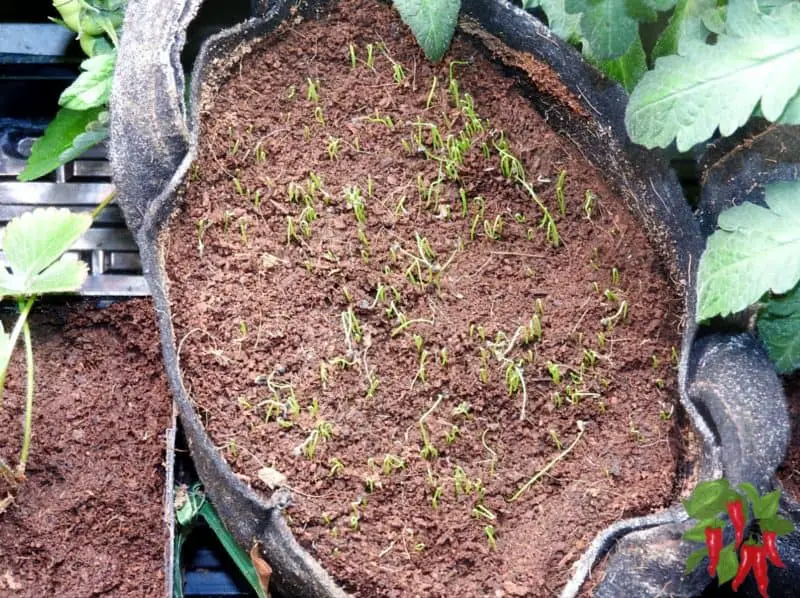
Ah, fabric pots! If you’ve been keeping an eye on the gardening scene lately, you’ve probably noticed these trendy containers popping up everywhere.
They’re not just a fleeting trend, though. More and more garden enthusiasts are making the switch, and it’s not hard to see why.
These fabric wonders have been gaining traction for their unique benefits and versatility.
It’s like everyone suddenly discovered a cool new gardening hack and can’t stop talking about it!
The environmental aspect of fabric pots compared to plastic pots
Now, let’s chat about the planet for a sec. We all know plastic isn’t exactly Mother Earth’s best friend.
But here’s where fabric pots shine even brighter. Not only are they often made from biodegradable or recycled materials, but they also leave a much smaller carbon footprint than their plastic counterparts.
Think of it as giving a little love back to nature while you nurture your plants.
It’s a win-win, right? And honestly, in today’s world, any step towards eco-friendly choices is a step in the right direction.
Pros of Fabric Pots
Alright, let’s dive into the sunny side of things! Fabric pots have been making waves in the gardening community, and it’s not just because they look cool.
There’s a bunch of awesome benefits that come with using them.
Curious about what makes these fabric containers the talk of the town?
Let’s unpack the pros of fabric pots and see why so many green thumbs are giving them two thumbs up!
Aeration and Breathability
Let’s kick things off with a breath of fresh air quite literally! One of the standout features of fabric pots is their fantastic aeration.
Imagine giving your plant’s roots a comfy room with a view, where they get a constant supply of fresh oxygen.
That’s what these pots do. The result? Your plants don’t just survive; they thrive.
Healthier roots mean healthier plants, and who doesn’t want that?
Temperature Regulation
Ever touched the side of a plastic pot on a scorching summer day? Yikes! But here’s where fabric pots come to the rescue.
Their material naturally evens out the temperature, ensuring your plant’s roots don’t feel like they’re in a sauna.
And for those in really hot climates, they also come in a lighter beige color.
It’s like giving your plants their own climate-controlled space, minus the electricity bill.
Root Pruning
Now, this might sound a bit fancy, but stick with me. Root pruning is basically when the pot helps keep the roots in check, preventing them from going all wild and getting tangled up.
Instead of long, winding roots, you get a more compact root system that’s all about volume.
It’s like a natural haircut for your plant’s roots, ensuring they stay in their best shape.
Mobility and Storage
Ever tried moving a heavy ceramic pot? It’s a workout! But fabric pots? They’re the unsung heroes of the gardening world when it comes to mobility.
Many come with handles, making it a breeze to move them around.
And when winter rolls around or you just need some extra space, these pots fold up neatly, waiting for their next use.
It’s like having collapsible luggage for your plants.
Environmental Impact
Last but definitely not least, let’s tip our hats to the eco-friendly nature of fabric pots.
In a world where we’re all trying to reduce our carbon footprint, these pots are a step in the right direction.
They often have a much gentler impact on our planet compared to traditional plastic pots.
For crops like potatoes there are even potato grow bags with a flap that opens for harvesting baby potatoes
So, while you’re nurturing your plants, you’re also giving a little nod to Mother Earth. How cool is that?
Cons of Fabric Pots
Now, as much as we’ve been singing praises for fabric pots, it’s only fair we chat about the other side of the coin. Nothing’s perfect, right?
While fabric pots have some fantastic perks, there are a few quirks you might want to be aware of.
So, let’s pull up a chair, get comfy, and dive into some of the challenges you might face with these trendy containers.
Ready to get the full scoop? Let’s go!
Over-Drainage
Alright, first up on our list is over-drainage. You know how we raved about the breathability of fabric pots?
Well, sometimes, they can be too good at their job. Because of their high porosity, water can zip right through, meaning your plants might get thirsty quicker.
It’s a bit like having a super absorbent towel that dries up in a jiffy.
Great for some situations, but it does mean you might be reaching for that watering can a tad more often.
Root Overgrowth
Next on the docket is root overgrowth. Picture this: you’ve got this fabulous plant growing in a fabric pot, but one day you notice tiny roots peeking out from the sides.
Yep, sometimes the roots get a bit adventurous and try to explore beyond their fabric home.
This can make transplanting a bit of a challenge, kind of like trying to move a cake without messing up the icing.
Support and Stability
Now, let’s chat about stability. Fabric pots are flexible, which is great for storage, but it also means they rely on the soil inside to hold their shape.
If the soil isn’t evenly distributed, your pot might lean to one side. It’s a bit like trying to stand straight in lopsided shoes, not the easiest task!
Cost
Alright, let’s talk money. While fabric pots come with a bunch of benefits, they can also be a bit pricier than your standard plastic pots.
Think of it as paying a bit extra for a gourmet burger instead of the regular one.
It’s delicious and has some added perks, but it does come with a slightly higher price tag.
Durability
Last but not least, durability. Fabric pots are sturdy, but they might not have the same lifespan as, say a plastic, ceramic, or wooden pot.
It’s kind of like comparing a sturdy leather bag to a fabric tote. Both are great, but one might show wear and tear a bit sooner.
So, while fabric pots are fantastic for several seasons, they might need a replacement sooner than other container types.
FAQs
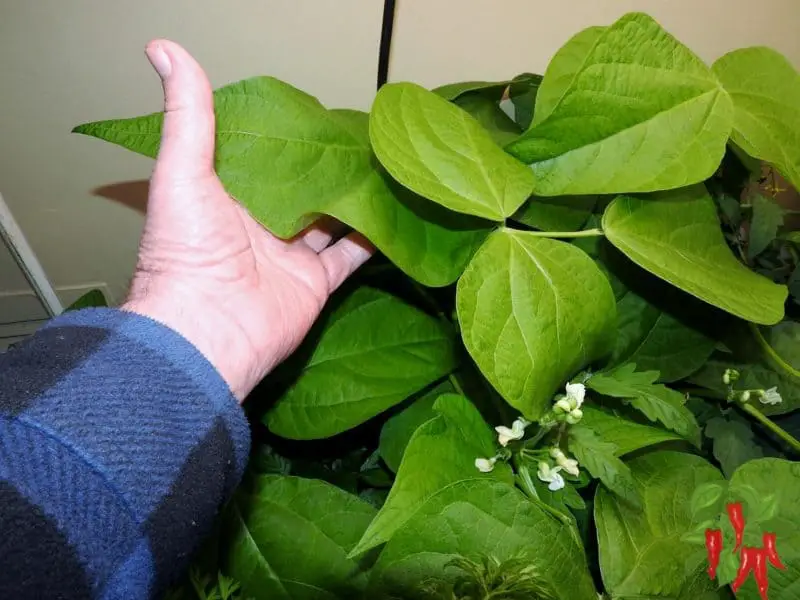
Alright, time for some rapid-fire Q&A! I know, I know, with all this talk about fabric pots, you’ve probably got a bunch of questions bubbling up. Don’t worry, you’re not alone.
I’ve gathered some of the most common head-scratchers people have about fabric pots.
So, let’s dive into the FAQs and clear up any lingering curiosities you might have.
Ready to get those burning questions answered? Let’s jump in!
Q: How long do fabric pots last?
A: Fabric pots typically last for several growing seasons, usually around 3-5 years, depending on usage and the quality of the material. However, with proper care, they can last even longer!
Q: Do fabric pots need drainage holes?
A: No, they don’t. The beauty of fabric pots is that the fabric itself is porous, allowing for natural drainage. This means you won’t have to worry about waterlogging your plants.
Q: How do you clean fabric pots?
A: Cleaning fabric pots is a breeze! You can either machine wash them on a gentle cycle or hand wash them using mild soap and warm water. Once cleaned, it’s best to let them air dry.
Q: What is the bottom watering method for fabric pots?
A: Bottom watering is when you place the fabric pot in a tray or shallow container filled with water.
The pot absorbs the water from the bottom, ensuring the roots get the moisture they need. It’s a great method to ensure even watering and reduce water wastage.
Q: Are fabric pots eco-friendly?
A: Yes, they are! Many fabric pots are made from biodegradable or recycled materials.
Plus, their breathable nature promotes healthier plant growth, reducing the need for replanting and waste.
Q: Do fabric pots protect plants in cold weather?
A: Fabric pots don’t offer insulation like thicker containers might. In cold weather, the roots can get chilly, so it’s a good idea to move them to a warmer spot or provide some external insulation during frosty spells.
Conclusion
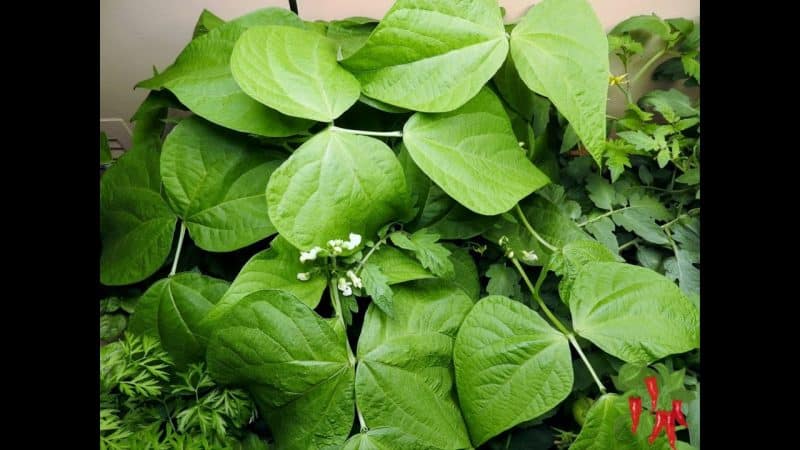
Well, we’ve journeyed through the world of fabric pots together, haven’t we? From their eco-friendly vibes to the occasional quirks, it’s been quite the adventure.
As we wrap things up, let’s take a moment to reflect on all we’ve learned.
Whether you’re thinking of making the switch or just wanted to feed your gardening curiosity, I hope this chat has shed some light on the topic.
Ready to tie it all together? Let’s dive into our conclusion!
Recap of the main points discussed
So, let’s take a quick stroll down memory lane, shall we? We kicked things off by diving into the many perks of fabric pots from their stellar aeration abilities to their knack for temperature regulation.
But, just like any good story, there were a few plot twists. We also chatted about some challenges, like the occasional over-drainage or the adventurous roots trying to explore beyond their fabric confines.
And who could forget our rapid-fire FAQ session? We tackled some burning questions, making sure no stone was left unturned.
The importance of understanding individual gardening needs before choosing a pot type
Now, here’s the golden nugget: Every garden and gardener is unique.
While fabric pots have a lot going for them, it’s essential to weigh their features against your specific gardening needs.
It’s a bit like choosing the perfect pair of shoes. Sure, those high heels might look fabulous, but are they the best choice for a hiking trip? Probably not.
Personally, I prefer 2 and 3-gallon fabric pots filled with coco coir although I also use 5-gallon plastic pots in my kitchen garden when I need a deeper pot like I do for carrots.
Similarly, understanding what your plants need and how you like to garden will guide you in picking the perfect pot. After all, happy plants make for a happy gardener!
Sustainable Apartment Gardening





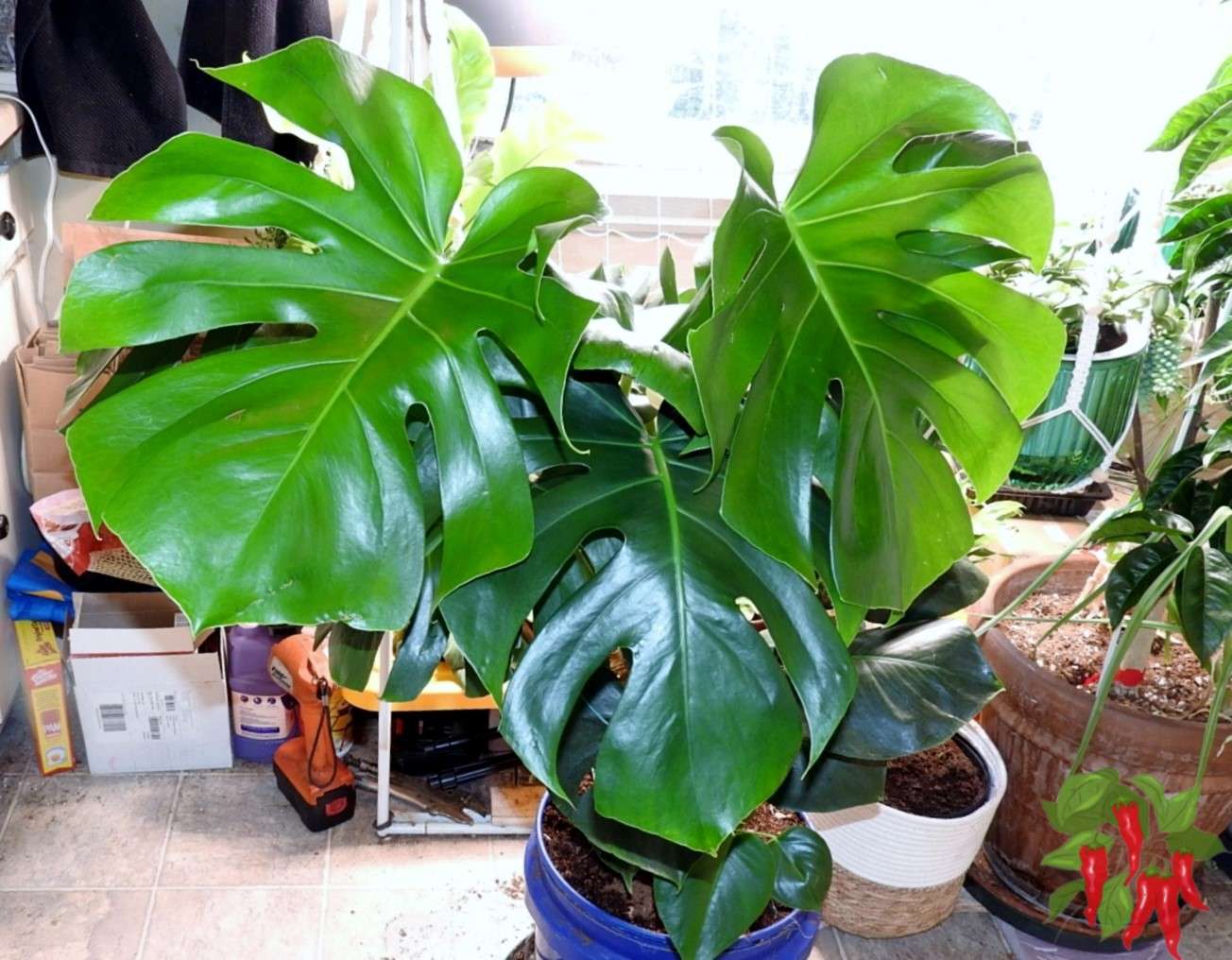
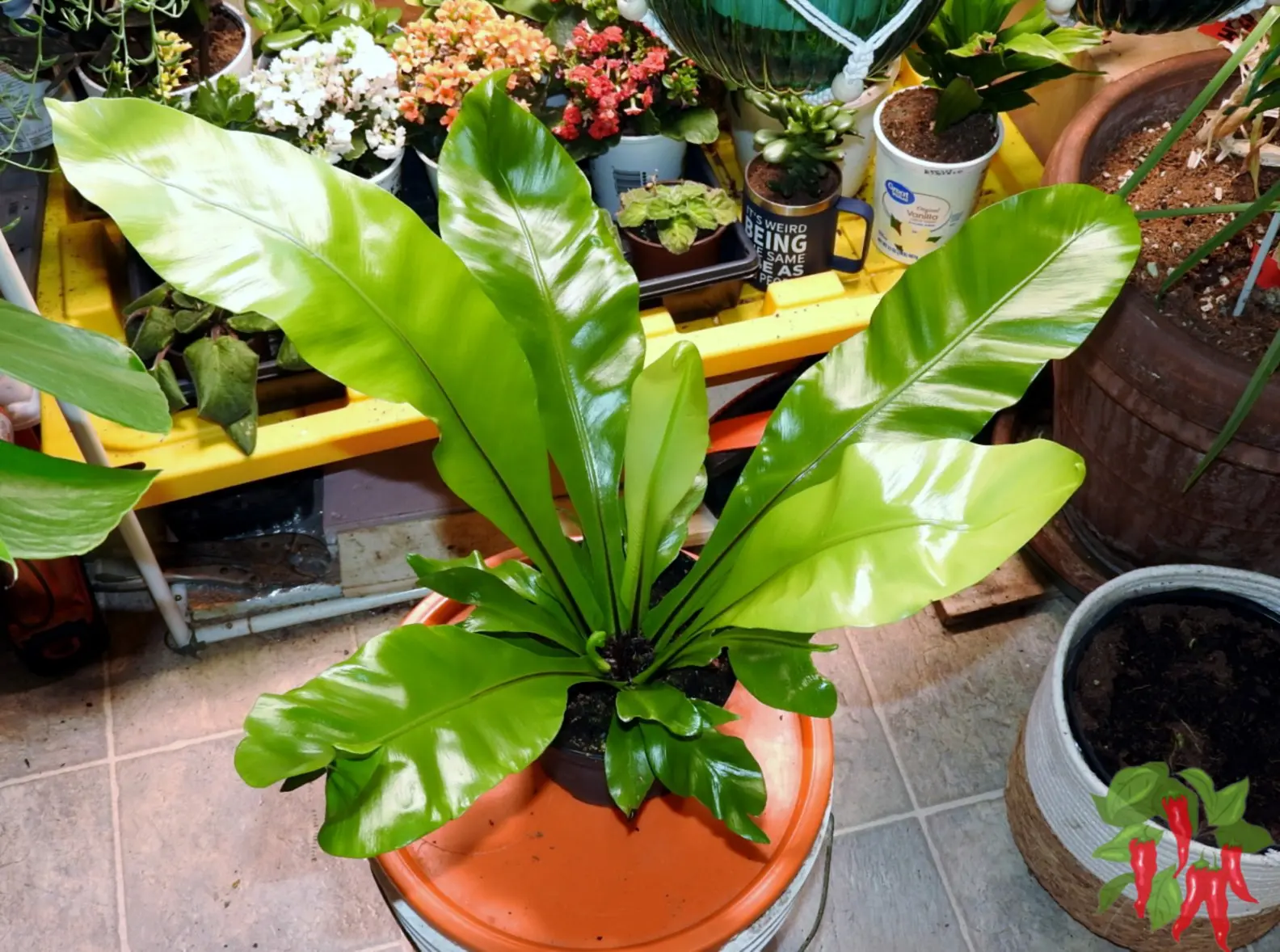
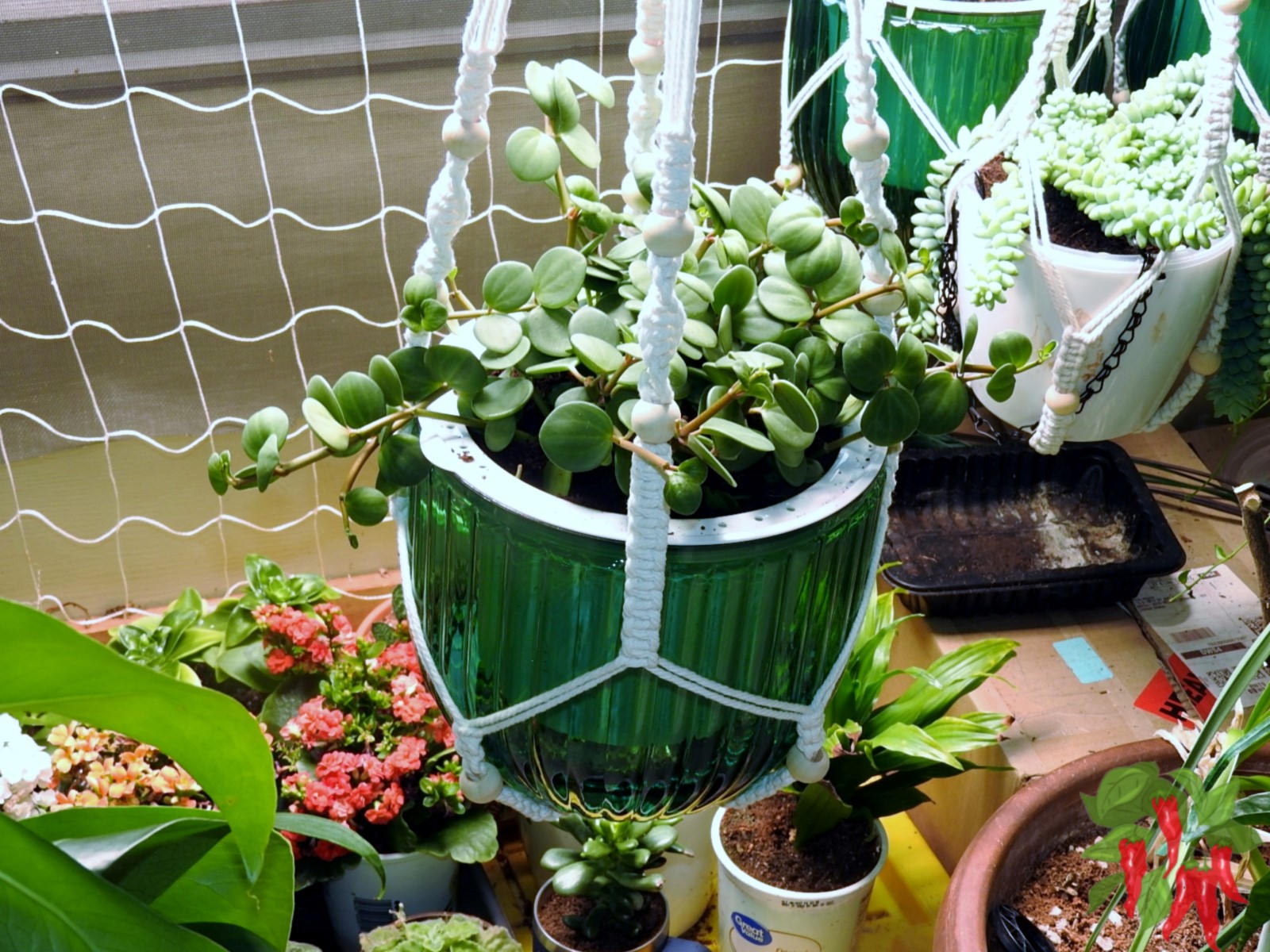
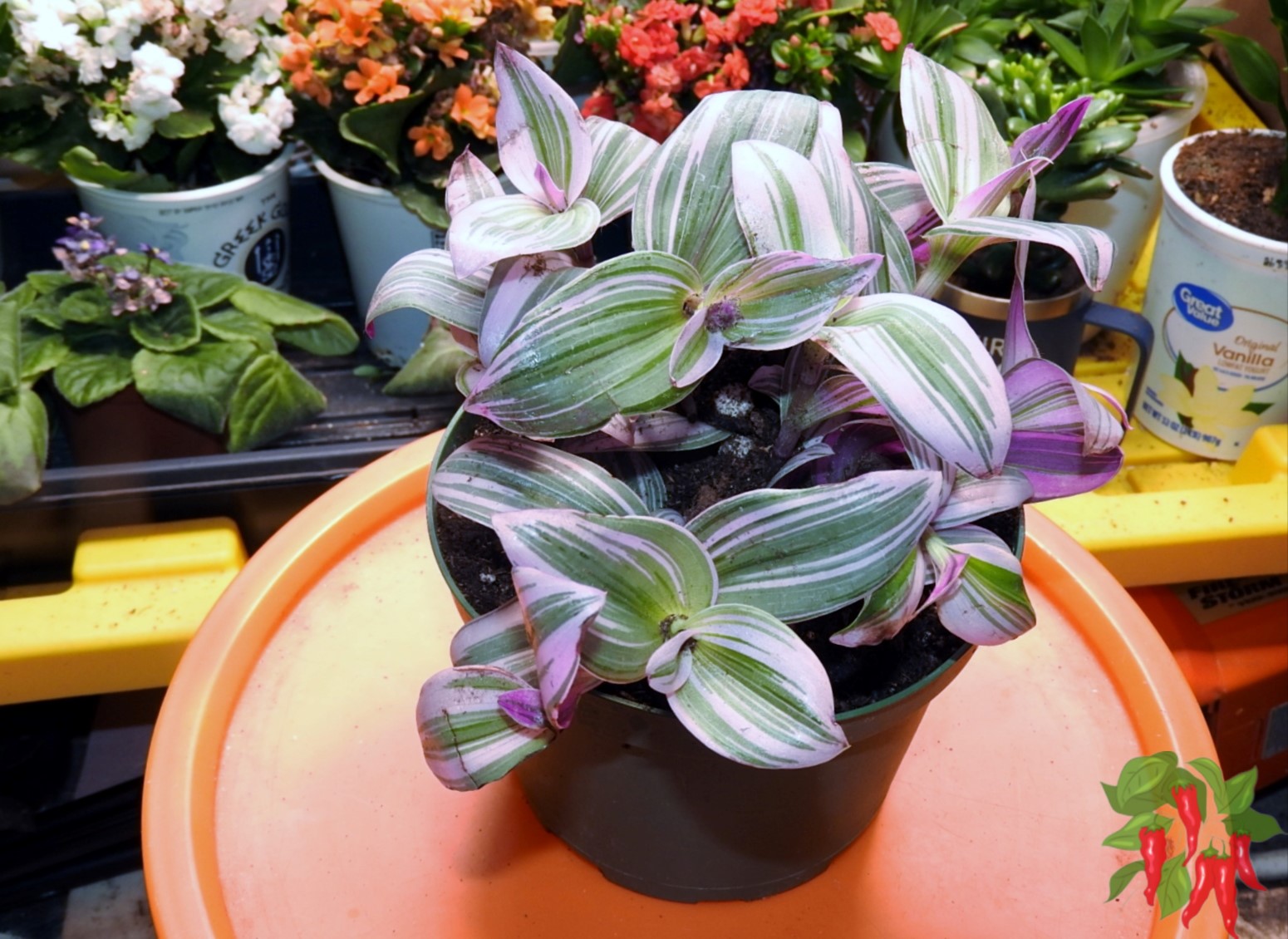
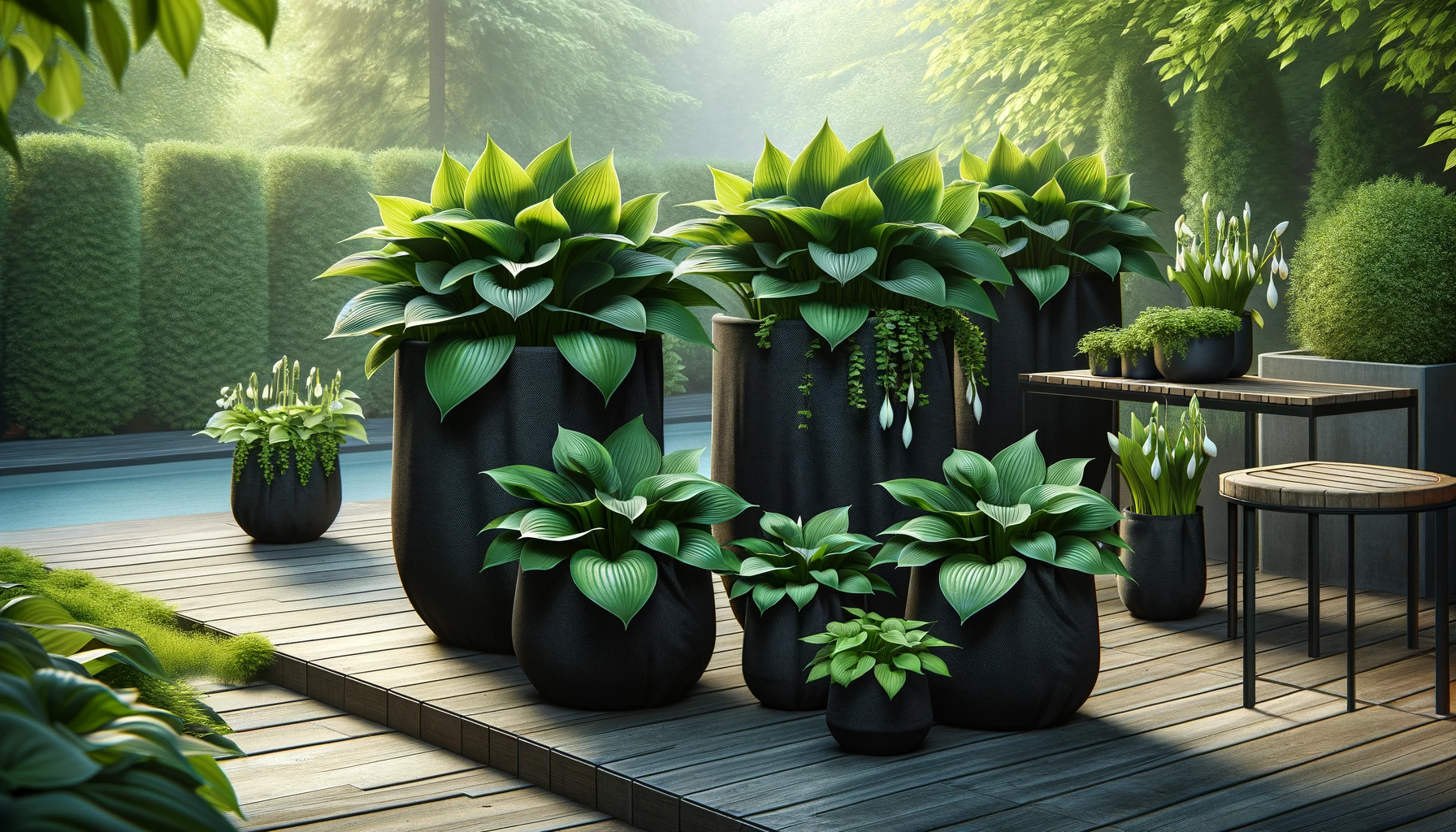
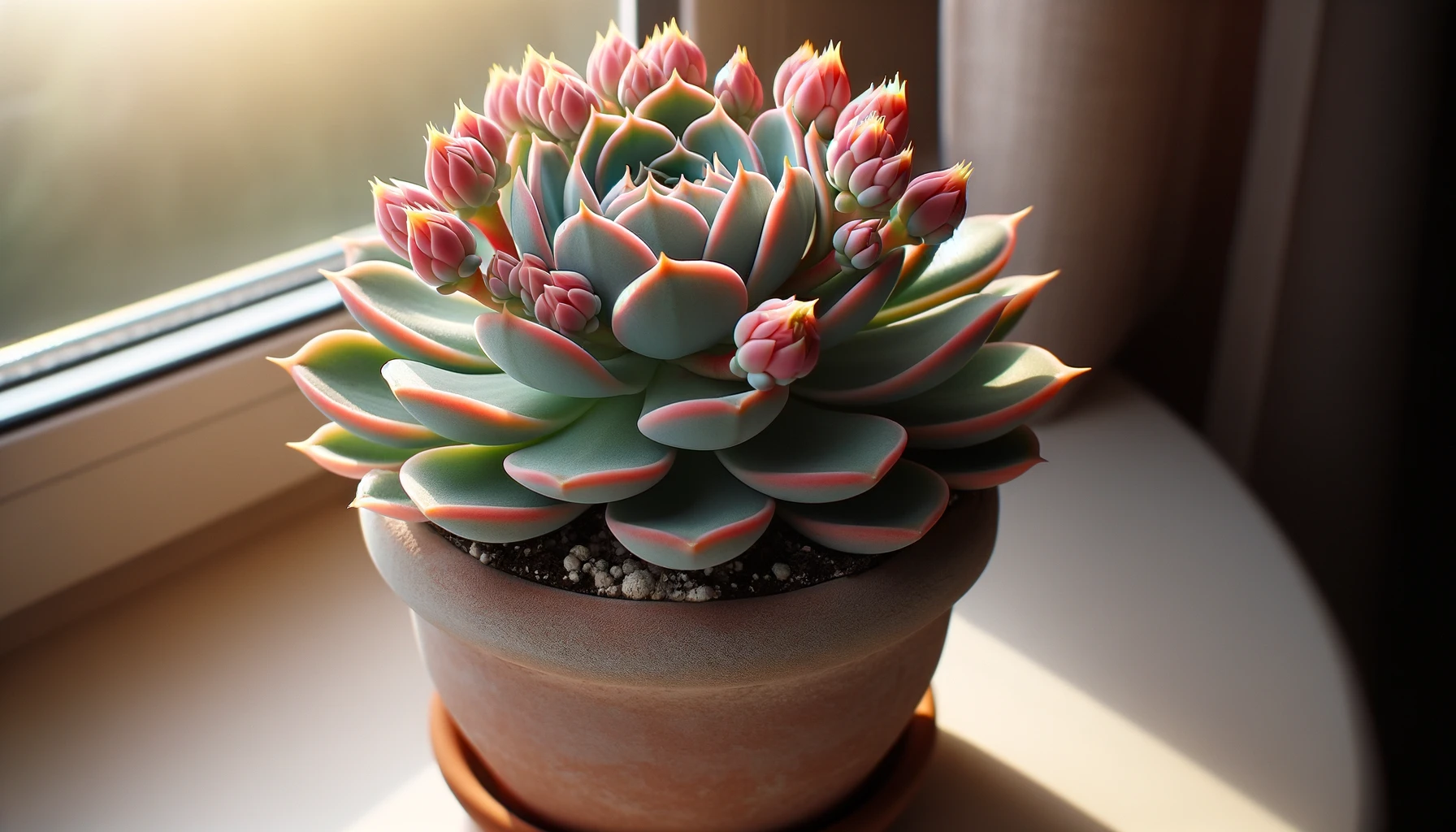
 Steve S. is the creator of
Steve S. is the creator of